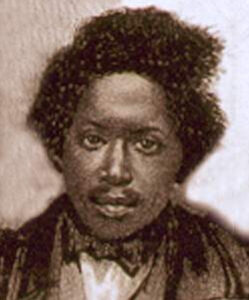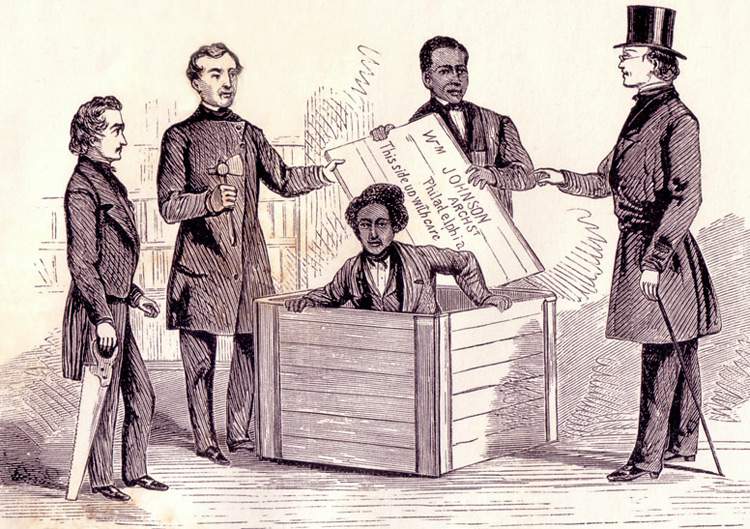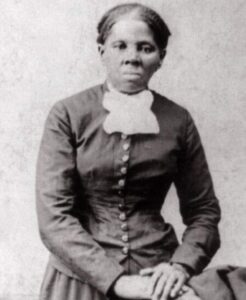Citation
Sarah H. Bradford, Scenes in the Life of Harriet Tubman (Auburn, NY: W.J. Moses, 1869), FULL TEXT via Documenting the American South
Excerpt
The following little story was written by Mrs. Sarah H. Bradford, of Geneva, with the single object of furnishing some help to the subject of the memoir. Harriet Tubman’s services and sufferings during the rebellion, which are acknowledged in the letters of Gen. Saxton, and others, it was thought by many, would justify the bestowment of a pension by the Government. But the difficulties in the way of procuring such relief, suggested other methods, and finally the present one. The narrative was prepared on the eve of the author’s departure for Europe, where she still remains. It makes no claim whatever to literary merit. Her hope was merely that the considerably numerous public already in part acquainted with Harriet’s story, would furnish purchasers enough to secure a little fund for the relief of this remarkable woman. Outside that circle she did not suppose the memoir was likely to meet with much if any sale.
In furtherance of the same benevolent scheme, and in order to secure the whole avails of the work for Harriet’s benefit, a subscription has been raised more than sufficient to defray the entire cost of publication. This has been effected by the generous exertions of Wm. G. Wise, Esq., of this city. The whole amount was contributed by citizens of Auburn, with the exception of two liberal subscriptions by Gerrit Smith, Esq., and Mr. Wendell Phillips.
Mr. Wise has also consented, at Mrs. Bradford’s request, to act as trustee for Harriet; and will receive, invest, and apply, for her benefit, whatever may accrue from the sale of this book.
Related Sources
Related Essays



